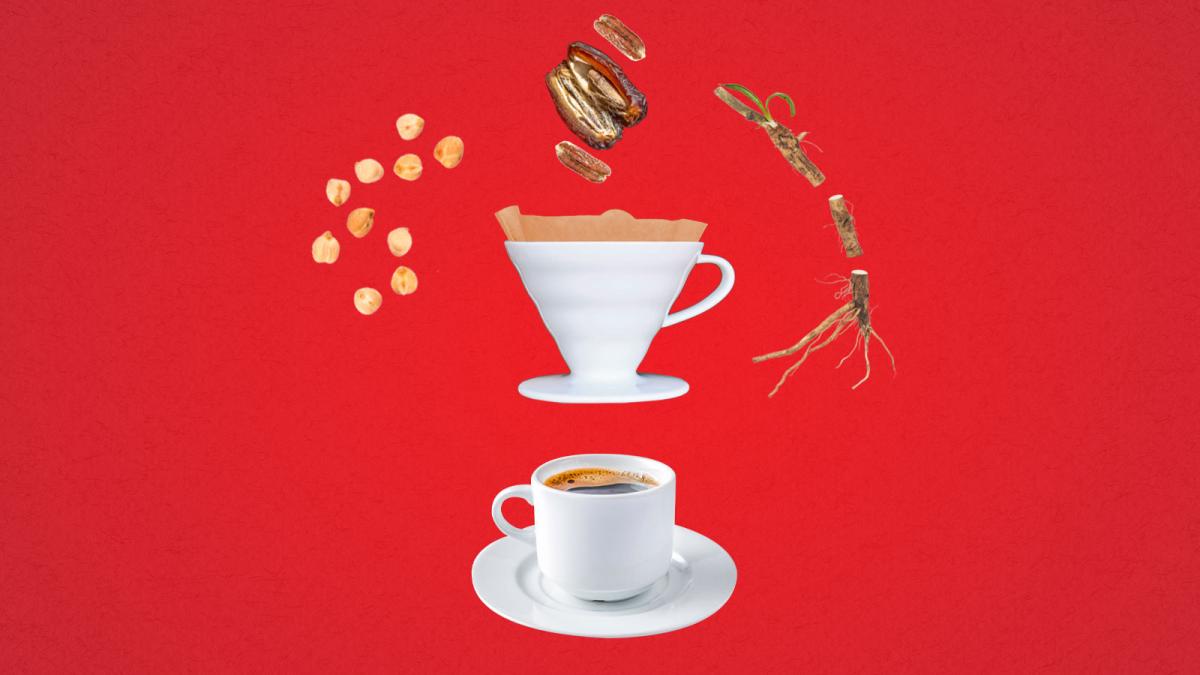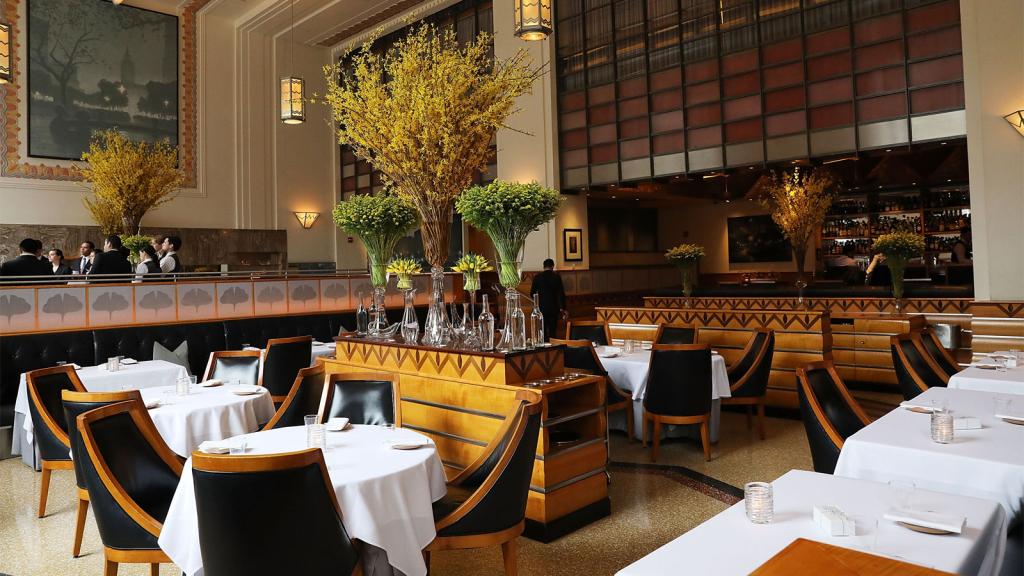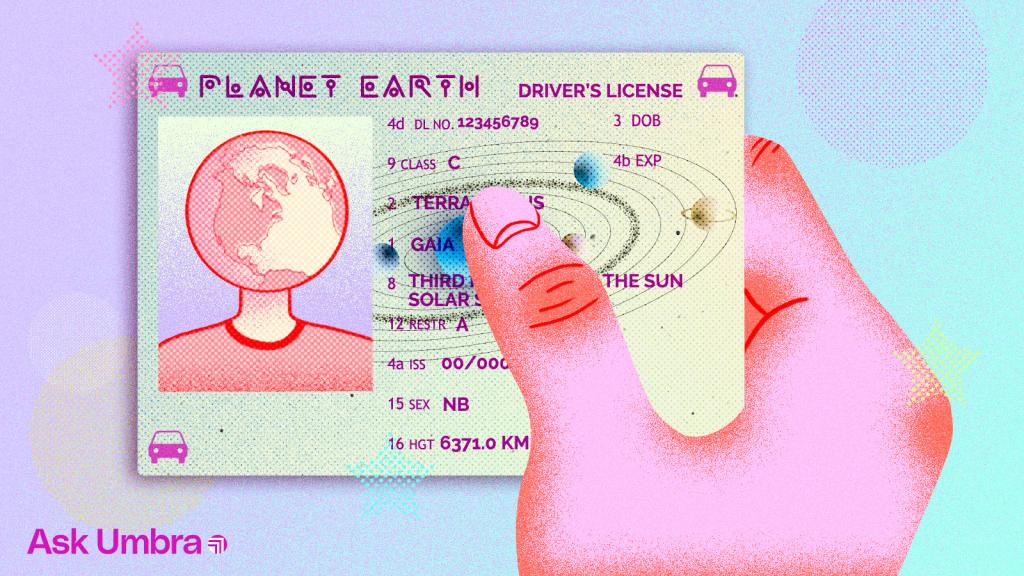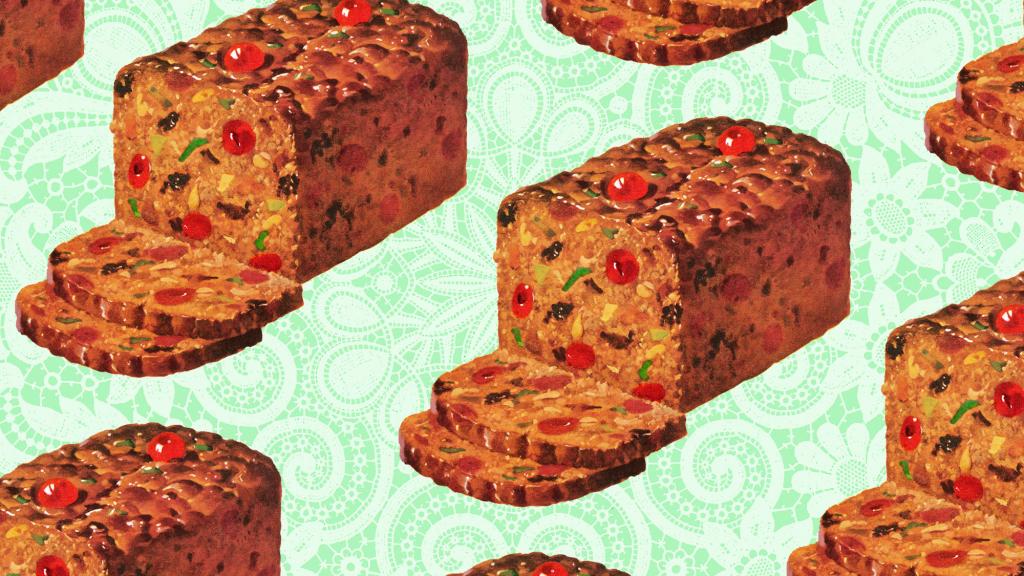This story was produced by Grist and co-published with Slate.
When Henri Kunz was growing up in West Germany in the 1980s, he used to drink an instant coffee substitute called Caro, a blend of barley, chicory root, and rye roasted to approximate the deep color and invigorating flavor of real coffee. “We kids drank it,” Kunz remembered recently. “It had no caffeine, but it tasted like coffee.”
As an adult, Kunz loves real coffee. But he also believes its days are numbered. Climate change is expected to shift the areas where coffee can grow, with some researchers estimating that the most suitable land for coffee will shrink by more than half by 2050, and hotter temperatures will make the plants more vulnerable to pests, blight, and other threats. At the same time, demand for coffee is growing, as upwardly mobile people in traditionally tea-drinking countries in Asia develop a taste for java.
“The difference between demand and supply will go like that,” Kunz put it during a Zoom interview, crossing his arms... Read more






